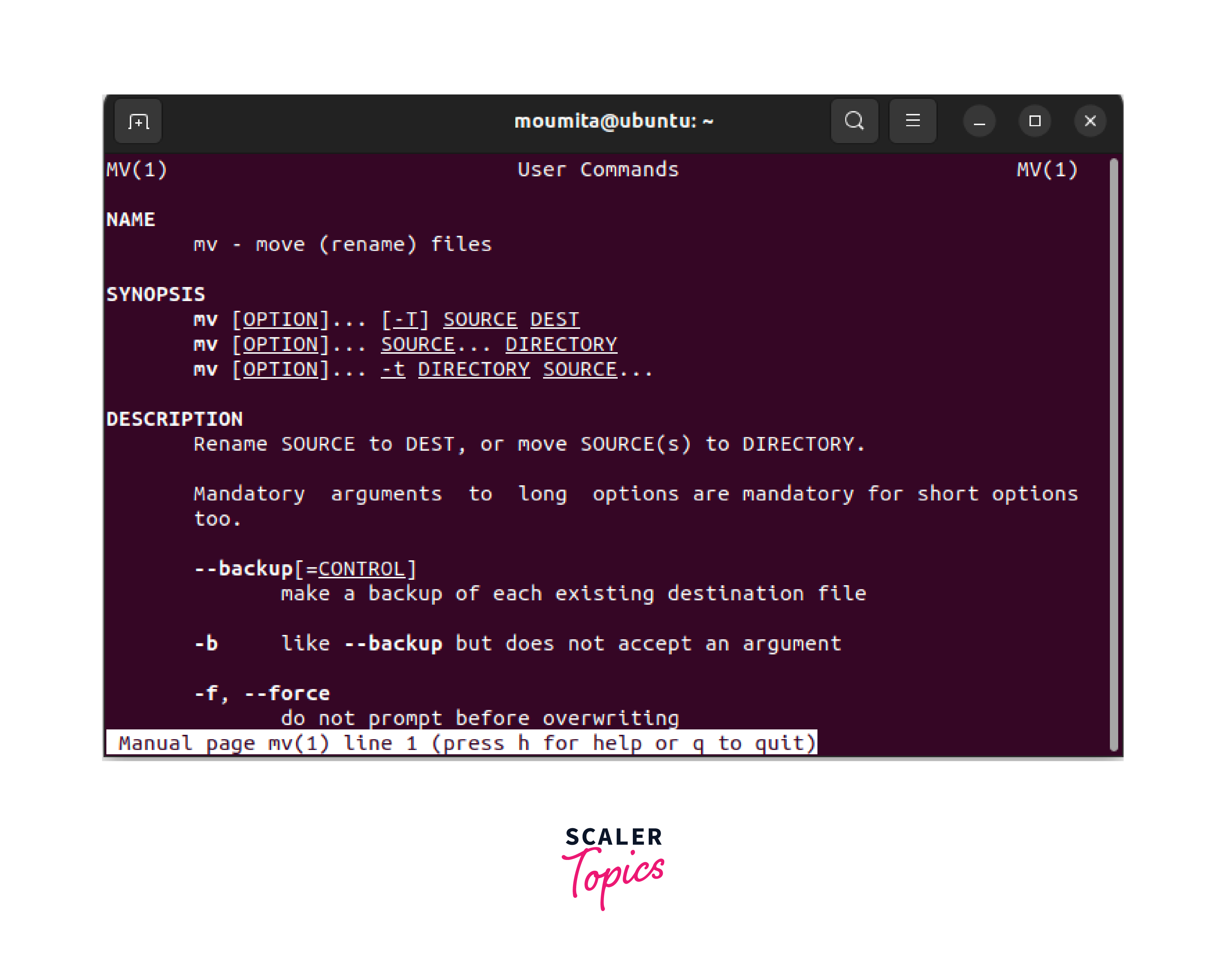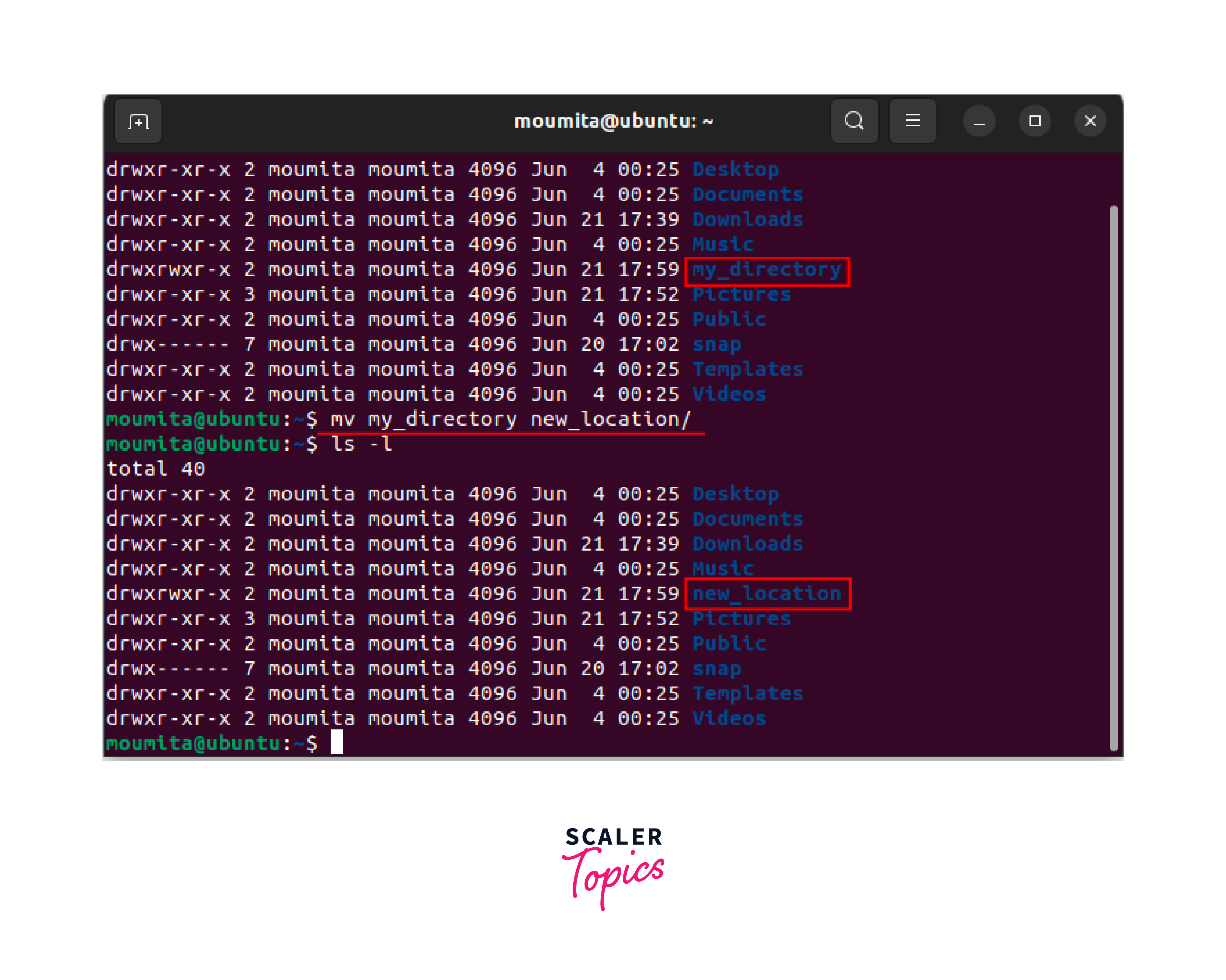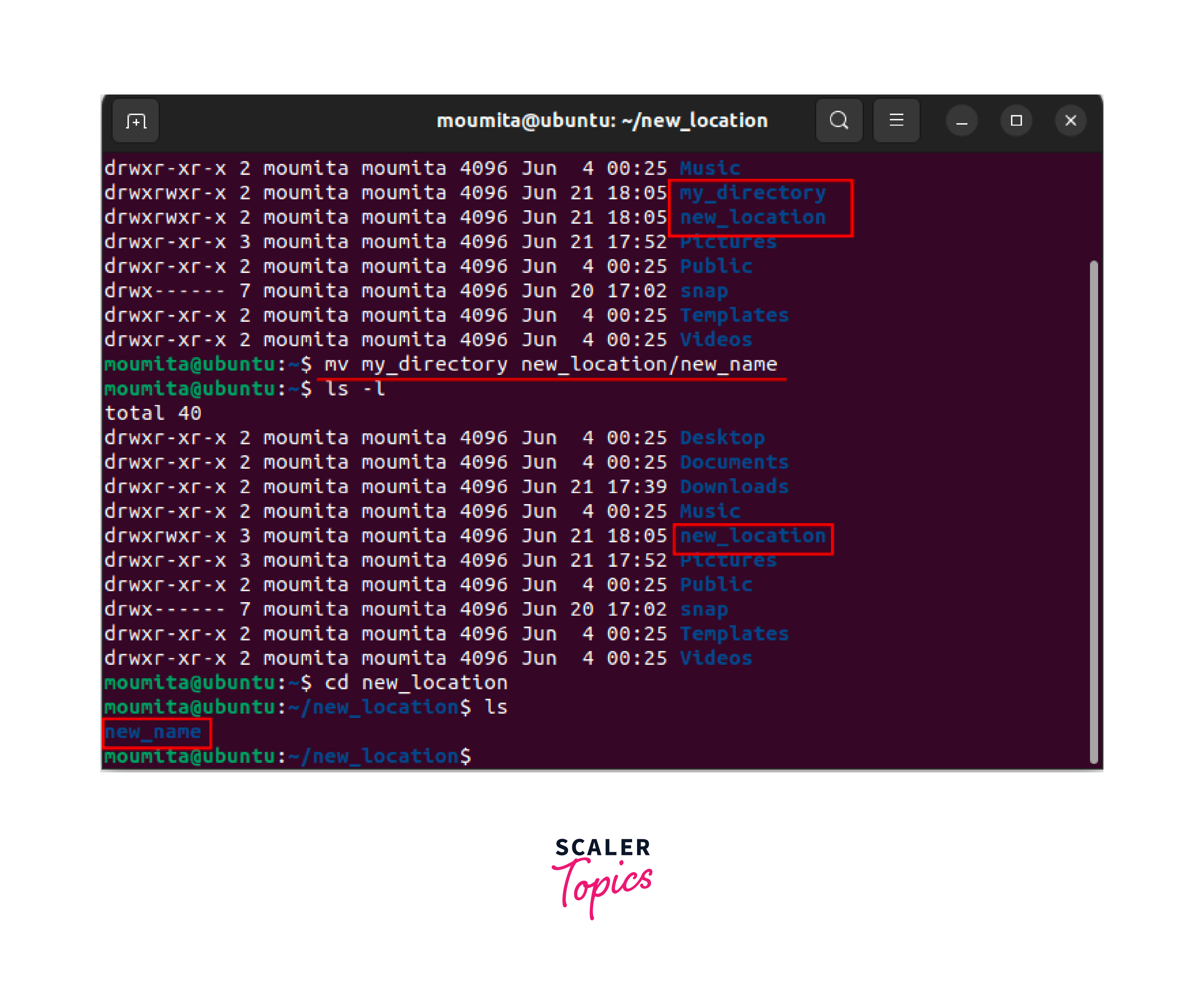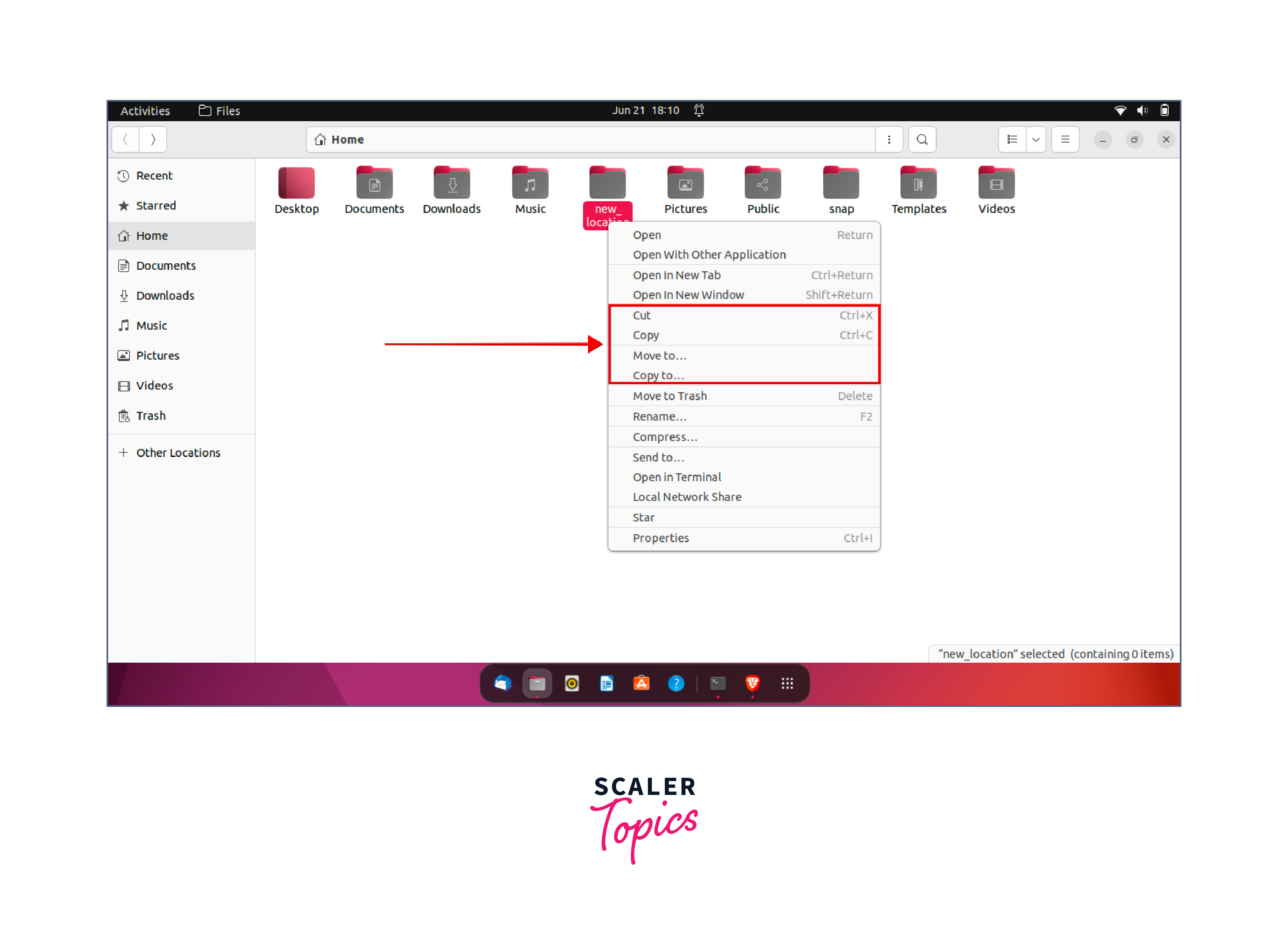How to Move Directory in Linux?
Moving directories is a common task performed by Linux users. Whether you want to reorganize your files, relocate a directory to a different location, or simply clean up your file system, knowing how to move directories in Linux is essential. In this article, we will explore different methods to accomplish this task efficiently.
By understanding the mv command and utilizing the graphical user interface (GUI) provided by file managers, you can easily move directories with precision and maintain the integrity of your file structure. These techniques allow for flexibility in managing your files and directories, enhancing your productivity as a Linux user.
Using the "mv" Command to Move the Directory in Linux

The most common and versatile command for moving directories in Linux is mv. The mv command is primarily used for renaming files and directories, but it can also be utilized to move directories from one location to another. With the mv command, Linux users can effortlessly reorganize their file system, relocate directories to different locations, or simply clean up their directory structure.
By specifying the source directory and the destination directory, Linux users can swiftly and efficiently move directories, preserving their content and directory hierarchy. This flexibility and power of the mv command make it an essential tool for managing directories in Linux environments. Let's find out how to move a directory in Linux using the mv command.
The general syntax for moving a directory using the mv command is as follows:
Let's break down the syntax for a better understanding.
-
mv: The command itself.
-
[OPTIONS]: Optional flags that modify the behavior of the mv command. We'll explore some commonly used options later in the article.
-
SOURCE_DIRECTORY: The directory you want to move.
-
DESTINATION_DIRECTORY: The target location where you want to move the directory.
Let's understand the method by an example.
Assume you have a directory named "my_directory" located in the current working directory, and we want to move it to the "new_location" directory. The command would look like this:

This command will move the "my_directory" directory to the "new_location" directory. If the "new_location" directory doesn't exist, the mv command will rename the directory instead.
Moving Directories with Different Names
In some cases, you might want to move a directory to a different location while giving it a new name. The mv command can handle this kind of situation as well. Let's check an example of the same.

In this above case, the "my_directory" directory will be moved to the "new_location" directory and renamed as "new_name".
Moving Directories Using the GUI in Linux
How to move a directory in Linux is a common query, and while the command-line interface provides powerful tools for the task, some users prefer a graphical user interface (GUI) for a more intuitive experience. Linux distributions offer various file managers that enable users to move directories using a point-and-click approach. These GUI-based file managers provide an alternative method for moving directories, particularly useful for those who are less comfortable with the command line.
To move a directory using a GUI file manager, users can open the file manager application and navigate to the source directory they want to move. We will check how to move a directory in Linux using the default GUI file manager. One popular file manager is Nautilus, which is the default file manager for GNOME-based desktop environments.
Let's check the steps of moving directories with the help of the GUI file manager in Linux.
Step - 1:
Open the file manager by clicking on the "Files" or "Home" icon on the desktop or accessing it through the application menu and navigating to the source directory you want to move.
Step - 2:
Right-click on the directory and choose the "Cut" or "Move" option from the context menu and navigate to the destination directory where you want to move the selected directory.
Step - 3:
Right-click on the destination directory and choose the "Paste" or "Move Here" option from the context menu.
Nautilus will then move the directory from the source location to the destination location.

Other well-known file managers, such as Dolphin for KDE-based environments and Thunar for Xfce-based environments, both offer comparable functionality for moving directories using their respective graphical user interfaces (GUIs). All these GUI-based file managers are easy to use and come with a very simple user interface.
Conclusion
-
Moving directories in Linux can be done efficiently using the mv command in the terminal.
-
Or you can do it through the graphical user interface provided by file managers like Nautilus, Dolphin, or Thunar.
-
Understanding how to move directories is very important for managing and maintaining your file system and organizing your files effectively.
-
In this article, we have covered the usage of the mv command with examples, as well as the steps to move directories using the GUI in Linux.
-
By mastering these techniques discussed in this article, you can easily understand how to move the directory in Linux.
